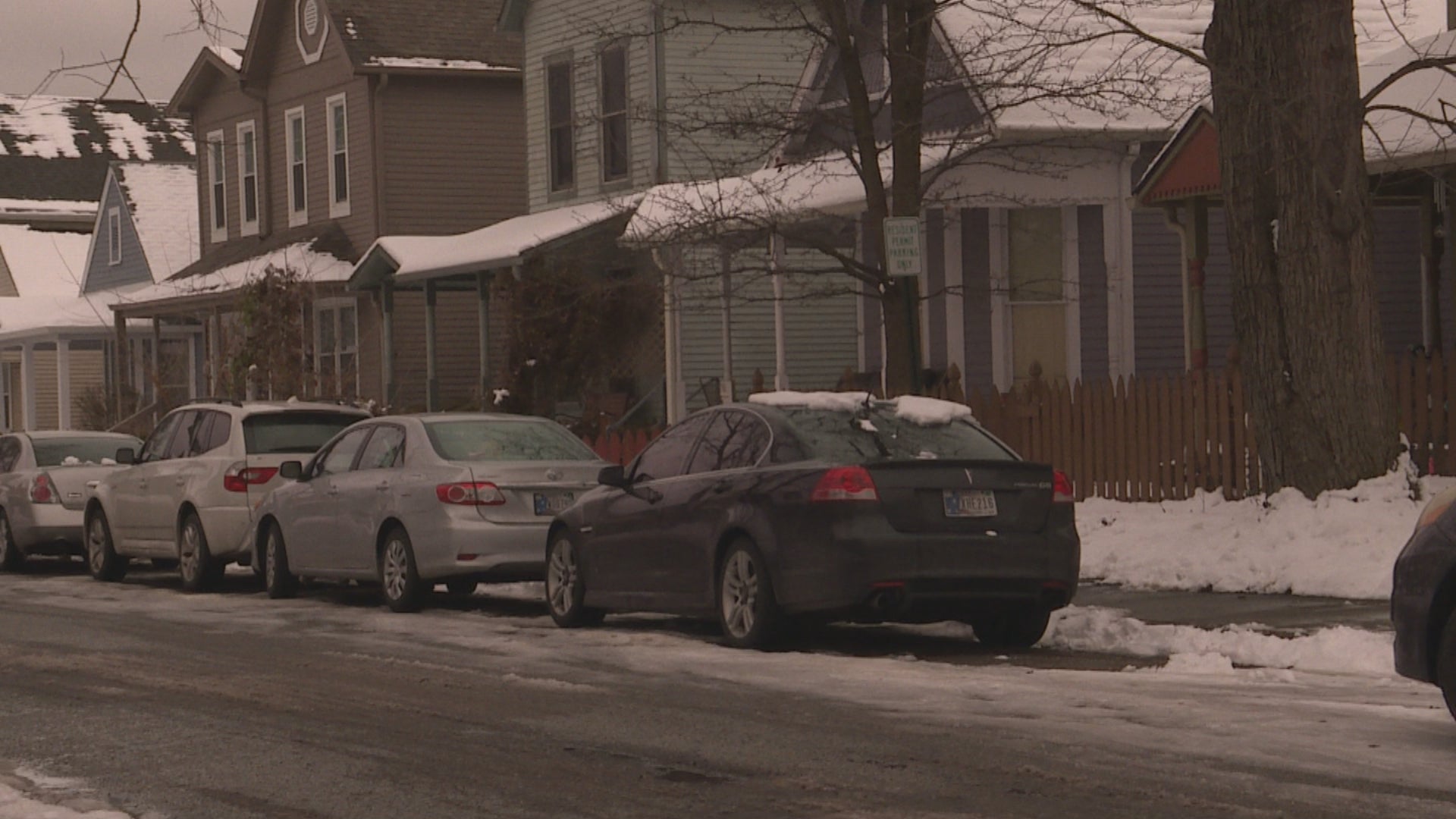A changing neighborhood: Ransom Place
INDIANAPOLIS (WISH) — Ransom Place is on the verge of being a forgotten place. The area that was once known as “the black neighborhood” in Indianapolis is being gentrified.
Paula Brooks was born and raised in the neighborhood, as were her parents. She has seen the neighborhood thrive and fall and thrive again. Ransom Place was originally developed, or settled as Brooks likes to say, by free blacks and former slaves who moved north for a place to call home. The land offered in Indianapolis was the land no one else wanted.
“They could only buy land west of what is Michigan now because that land was kind of marshy. It was close to Fall Creek. It was close to White River. It flooded. It wasn’t prime property,” said Brooks.
Ransom Place is home to Lockefield Gardens, the first public housing project in Indianapolis. It was the first of many redevelopments of the area.
“When I was born in the ’60s, this was the height of the neighborhood in terms of Project A, which was the redevelopment initiative, had built schools, playgrounds. Flanner House up at 16th and Missouri. The Morgan Health Center was there. We had churches. We had public transportation. You know, we had everything,” said Brooks.
The neighborhood thrived until the early 1970s when prosperous black families moved to the developing suburbs. Ransom Place became synonymous with crime. In 1976, Lockefield Gardens closed, leaving a huge hole in the neighborhood. The void was quickly filled by Indiana University-Purdue University Indianapolis.
“So that, in my mind, it was a kind of a city push as well — a policy push — that, ‘We want this area for IUPUI,’ that, ‘We want to transform this area,’ and the fact that a lot of the people who were homeowners were elderly people. My generation, for the most part, had moved away even if their parents still lived in the neighborhood, they were gone,” said Brooks.
Lockefield Gardens was redeveloped for the for the 1980 Pan-Am games and would become private apartments and housing for IUPUI students. Just like in the 1930s, Lockefield Gardens provided the springboard for redevelopment in the area. IUPUI was growing; downtown Indianapolis had shed its “Naptown” nickname and downtown was the place to be. According to Brooks, the new downtown area wasn’t being built for everyone.
“I call that preferred demographic into downtown, young white professional class of people, you know, the marketing strategy with IndyHub and all of that, I think, that had an effect as well,” Brooks said.
The land that no one had wanted previously was suddenly hot, high end apartments were built , shops and restaurants opened and for the first time in decades new homes are being built.
“That huge change over really didn’t happen until 2011 when IUPUI decided that they wanted to execute that student village plan they had where they would get private developers to build dormitories surrounding the university. You got to the tipping point, so you have people who are coming from Hamilton County or Johnson County, people who are coming to work at the university from out of town,” Brooks said.
According to Brooks, the neighborhood’s history is being erased by gentrification.
“My fear is for my neighborhood, once we die out, that there will not be any black people living in the neighborhood,” Brooks said.
Brooks said she is accepting of the changes but would like to see the gentrification include the black families that kept the neighborhood alive.



